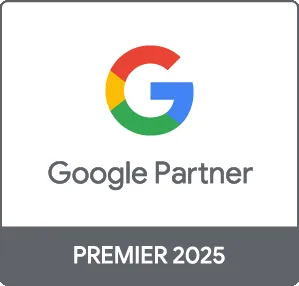Unlock the Power of Google Ads for Your Business
Advertising with Google Ads can significantly elevate your business visibility and drive targeted traffic. In South Africa, businesses are increasingly turning to Google Ads to reach their audience effectively. This platform allows for sophisticated ad targeting, providing businesses the opportunity to showcase their products and services to the right customers at the right time.
Understanding Google Ads
Google Ads is an online advertising platform developed by Google. It allows businesses to display ads on Google’s search engine results pages (SERPs), YouTube, and across the Google Display Network. By utilizing a pay-per-click (PPC) model, advertisers only pay when users interact with their ads, making this a cost-effective option for businesses of all sizes.
Key Benefits of Google Ads
- Targeted Reach: Access to a vast array of audience targeting options, including demographics, interests, and location.
- Cost-Effective: Flexible budgeting that allows you to set daily budgets and control spending.
- Measurable Results: Robust analytics tools provide insights on ad performance, allowing you to optimize campaigns for better results.
Getting Started with Google Ads
Step-by-Step Process
- Create a Google Ads Account: Visit the Google Ads website and follow the setup process.
- Define Your Goals: Determine what you want to achieve - brand awareness, lead generation, or sales conversion.
- Conduct Keyword Research: Use tools like Google Keyword Planner to identify keywords relevant to your business.
- Design Your Ads: Create compelling ad copy and designs tailored to your target audience.
- Set Your Budget: Decide how much you’re willing to spend daily and choose between manual and automated bidding.
- Launch Your Campaign: Monitor initial performance and make necessary adjustments.
Understanding Google Ads Types
| Ad Type | Best For | Key Features |
|---|---|---|
| Search Ads | Text-based ads on search results | Great for capturing intent-driven traffic |
| Display Ads | Visual ads on websites | Effective for brand visibility and retargeting |
| Shopping Ads | Online retailers | Showcase product images and prices directly |
| Video Ads | Brands looking to engage through rich media | Appeals to audience emotions and storytelling |
Common Mistakes to Avoid
- Neglecting Mobile Optimization: Ensure ads are optimized for mobile devices as a significant portion of traffic comes from smartphones.
- Ignoring Negative Keywords: Use negative keywords to filter out irrelevant traffic and improve campaign efficiency.
- Setting and Forgetting: Regularly review and adjust your campaigns based on performance data to maximize your ROI.
Conclusion
In 2025, advertising with Google Ads will become even more integrated into businesses' marketing strategies. By starting now, mastering the platform, and regularly optimizing your campaigns, your business can stay ahead in this competitive digital landscape.





